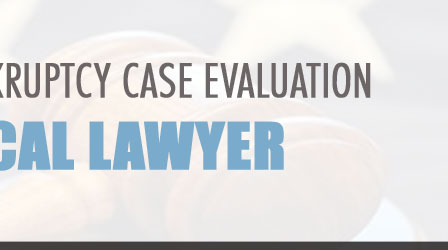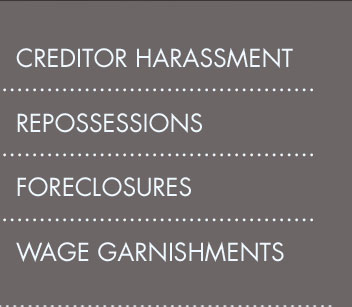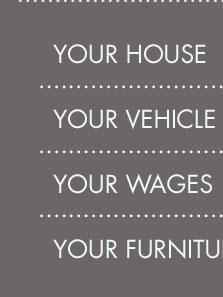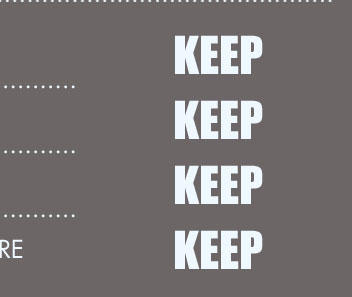 |
 |
 |
|---|
 |
 |
 |
|---|---|---|
 |
 |
 |
 |
 |
 |
|---|---|---|
 |
 |
 |
 |
Chapter 13 Bankruptcy Explained: A Complete Beginner’s Guide
Filing for bankruptcy can be a daunting process, but understanding the different types of bankruptcy can help ease the journey. One common option is Chapter 13 bankruptcy. This guide will explain what Chapter 13 bankruptcy is, how it works, and what you need to know before filing.
What is Chapter 13 Bankruptcy?
Chapter 13 bankruptcy, also known as a wage earner's plan, enables individuals with regular income to develop a plan to repay all or part of their debts. Under this chapter, debtors propose a repayment plan to make installments to creditors over three to five years.
Key Features
- Repayment Plan: The debtor proposes a plan to repay debts over a specified period.
- Protection from Creditors: Once filed, creditors are legally prohibited from continuing collection activities.
- Property Retention: Debtors can keep their property while repaying debts under the plan.
How Chapter 13 Bankruptcy Works
The process of filing for Chapter 13 bankruptcy involves several steps:
- Credit Counseling: Before filing, debtors must complete credit counseling from an approved agency.
- Filing the Petition: The debtor files a petition with the bankruptcy court, along with schedules of assets, liabilities, income, and expenses.
- Repayment Plan Approval: The court must approve the debtor's repayment plan.
- Making Payments: Debtors begin making payments to a bankruptcy trustee, who then distributes the funds to creditors.
To ensure a smooth process, many individuals choose to work with bankruptcy attorneys in Fort Wayne Indiana who specialize in Chapter 13 filings.
Benefits and Drawbacks
While Chapter 13 bankruptcy offers several advantages, it also comes with potential downsides.
Advantages
- Debt Consolidation: All debts are consolidated into one payment plan.
- Foreclosure Prevention: Filing can stop foreclosure proceedings and allow debtors to catch up on overdue mortgage payments.
- Credit Score Impact: While it affects credit, it may be less damaging than Chapter 7.
Disadvantages
- Length of Plan: The repayment plan can last three to five years, which requires long-term financial commitment.
- Strict Budgeting: Debtors must adhere to a strict budget for the duration of the repayment plan.
- Eligibility Requirements: Only individuals with a regular income are eligible.
Consulting bankruptcy lawyers Daytona Beach can help you weigh the pros and cons specific to your financial situation.
FAQs About Chapter 13 Bankruptcy
What is the main purpose of Chapter 13 bankruptcy?
The main purpose is to enable individuals with a regular income to restructure their debts and pay them back over time while retaining their assets.
Can all debts be included in a Chapter 13 plan?
Not all debts can be included. Certain debts like child support, alimony, and certain tax obligations must be paid in full and cannot be discharged.
How does Chapter 13 bankruptcy affect my credit score?
Filing for Chapter 13 bankruptcy will impact your credit score, but it may be less severe than a Chapter 7 filing. Over time, as you make consistent payments, your credit can gradually improve.
A typical chapter 7 debtor will not appear in court and will not see the bankruptcy judge unless an objection is raised in the case. A chapter 13 debtor may ...
Finally, chapter 13 acts like a consolidation loan under which the individual makes the plan payments to a chapter 13 trustee who then distributes payments to ...
Chapter 13 of the United States Bankruptcy Code provides an individual with the opportunity to propose a plan of reorganization to reorganize their financial ...
![]()